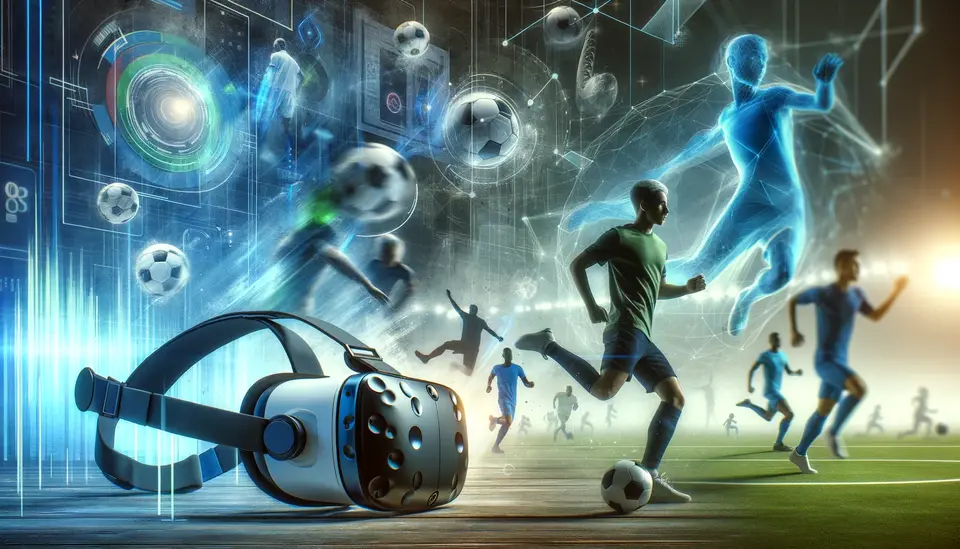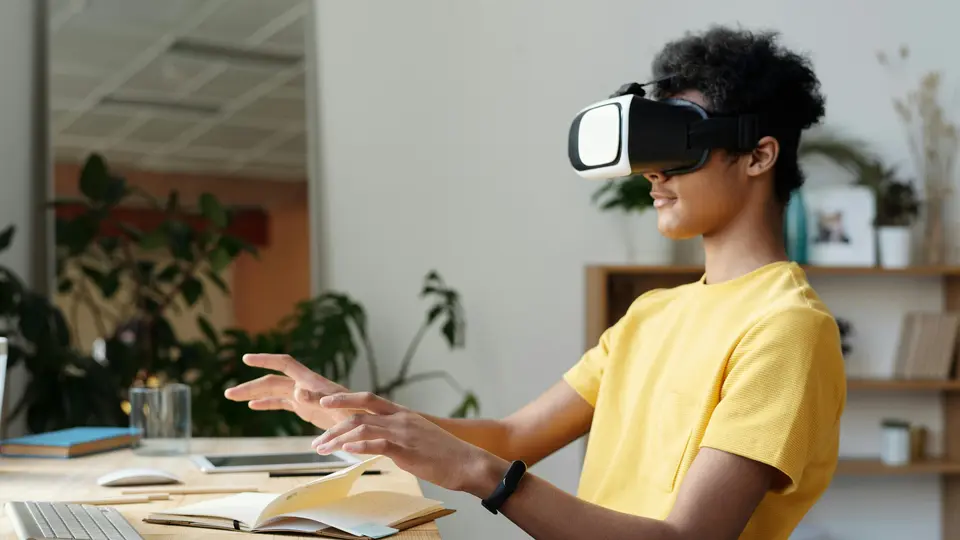15 Examples of the Use of Virtual Reality (VR) in Healthcare
Posted on April 6, 2023 4 minutes 788 words
Table of contents
- 1. Medical Training and Simulation
- 2. Pain Management
- 3. Physical Rehabilitation
- 4. Exposure Therapy
- 5. Post-Traumatic Stress Disorder (PTSD) Treatment
- 6. Social Skills Training for Autism
- 7. Medical Imaging and Visualization
- 8. Stroke Rehabilitation
- 9. Dental Training and Patient Education
- 10. Virtual Hospital Tours
- 11. Remote Consultations
- 12. Medical Device Prototyping and Testing
- 13. Mindfulness and Stress Reduction
- 14. Support for Patients with Chronic Conditions
- 15. Virtual Reality in Elderly Care
- Conclusion
Virtual Reality (VR) has emerged as a powerful tool in the healthcare industry, providing innovative solutions to a range of challenges. From medical training to patient therapy, VR has transformed the way healthcare professionals and patients interact. In this blog post, we delve into 15 examples of how VR is revolutionizing healthcare, showcasing real-world applications of this groundbreaking technology.
1. Medical Training and Simulation
VR offers a safe and realistic environment for medical students and professionals to practice surgical procedures, clinical skills, and emergency scenarios. One notable example is Osso VR, a platform that provides hands-on training for orthopedic and other surgical procedures, improving trainee performance and reducing the risk of complications during actual surgeries.
2. Pain Management
VR has shown promise in managing pain by distracting patients with immersive experiences. SnowWorld, a VR game, has been used to alleviate pain in burn patients during wound care and physical therapy sessions, reducing their reliance on pain medication.
3. Physical Rehabilitation
VR-assisted physical therapy helps patients regain mobility and strength through engaging, personalized exercises. MindMaze, a VR rehabilitation platform, uses motion capture technology to mirror patients’ movements in real-time, providing instant feedback and motivation during therapy sessions.
4. Exposure Therapy
VR is used in mental health treatment for exposure therapy, allowing patients to confront anxiety-inducing stimuli in a controlled environment. Psious, for example, offers a range of VR scenarios to help patients overcome phobias and anxiety disorders, guided by a therapist.
5. Post-Traumatic Stress Disorder (PTSD) Treatment
The University of Southern California’s Institute for Creative Technologies has developed Bravemind, a VR system designed to simulate traumatic experiences for patients with PTSD. Under a therapist’s guidance, patients can process and overcome their trauma.
6. Social Skills Training for Autism
Virtual reality can create social scenarios for individuals with autism, providing opportunities to practice and develop social skills. Floreo, a VR platform, offers a range of interactive lessons that help users navigate various social situations.
7. Medical Imaging and Visualization
VR can create 3D models of patients’ anatomy, allowing healthcare professionals to better understand complex structures and plan surgeries. EchoPixel’s True 3D Viewer, for instance, provides lifelike, interactive 3D visualizations of medical images to aid in diagnostics and treatment planning.
8. Stroke Rehabilitation
The MindMotionPRO system, developed by MindMaze, helps stroke survivors regain motor and cognitive skills through task-based, interactive VR environments that encourage neural recovery.
9. Dental Training and Patient Education
VR is used in dental training to simulate procedures and educate patients about oral hygiene and dental care. For example, DentiSim by VRdentistry allows dental students to practice procedures in a virtual environment, while Kapanu’s augmented reality app helps patients visualize the outcome of dental treatments.
10. Virtual Hospital Tours
Boston Children’s Hospital has developed a VR app called “Boston Children’s Hospital MyWay” that provides patients with virtual tours to familiarize them with the facility and alleviate anxiety before a visit or procedure.
11. Remote Consultations
Telemedicine consultations using VR, like those offered by XRHealth, enable healthcare professionals to diagnose and treat patients remotely, improving access to care and reducing costs.
12. Medical Device Prototyping and Testing
Companies like Surgical Theater utilize VR to design and test medical devices, helping bring innovative products to market more quickly and efficiently.
13. Mindfulness and Stress Reduction
CalmPlace, a VR-guided meditation and relaxation platform, can help patients manage stress, anxiety, and depression through immersive experiences, such as serene landscapes or tranquil underwater scenes.
14. Support for Patients with Chronic Conditions
Platforms like BehaVR create immersive VR experiences that provide education, support, and motivation for patients living with chronic conditions, such as diabetes or chronic pain. These tailored experiences help patients better understand their condition, adhere to treatment plans, and adopt healthier behaviors to manage their health more effectively.
15. Virtual Reality in Elderly Care
VR can improve cognitive function, socialization, and overall well-being for older adults in nursing homes and long-term care facilities. Rendever, a VR platform specifically designed for the elderly, offers a range of experiences, including travel, reminiscing, and cognitive games, that help seniors stay engaged and connected with their peers and the world around them.
Conclusion
Virtual reality is transforming healthcare by providing new and innovative ways for professionals to train, diagnose, and treat patients. As the technology continues to advance, the possibilities for its application in healthcare will only continue to grow. These 15 examples, which showcase real-world implementations of VR, represent just a fraction of the potential that VR holds for improving healthcare outcomes and patient experiences. As the healthcare industry continues to adopt and integrate virtual reality into various aspects of care, we can expect to see even more groundbreaking applications of this cutting-edge technology.








